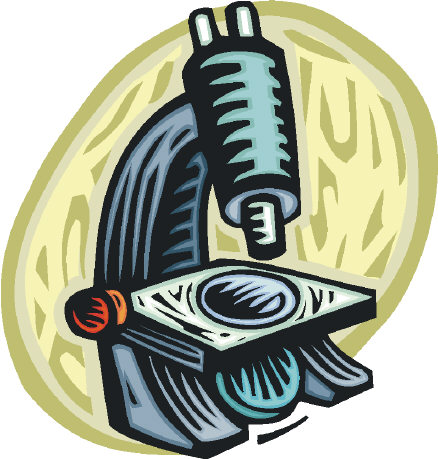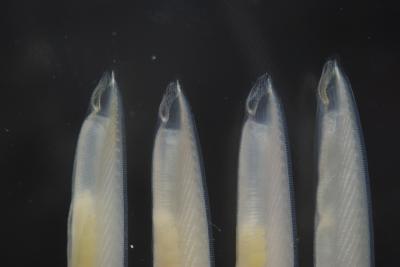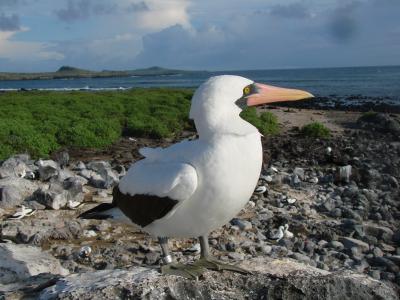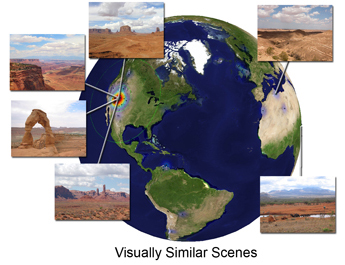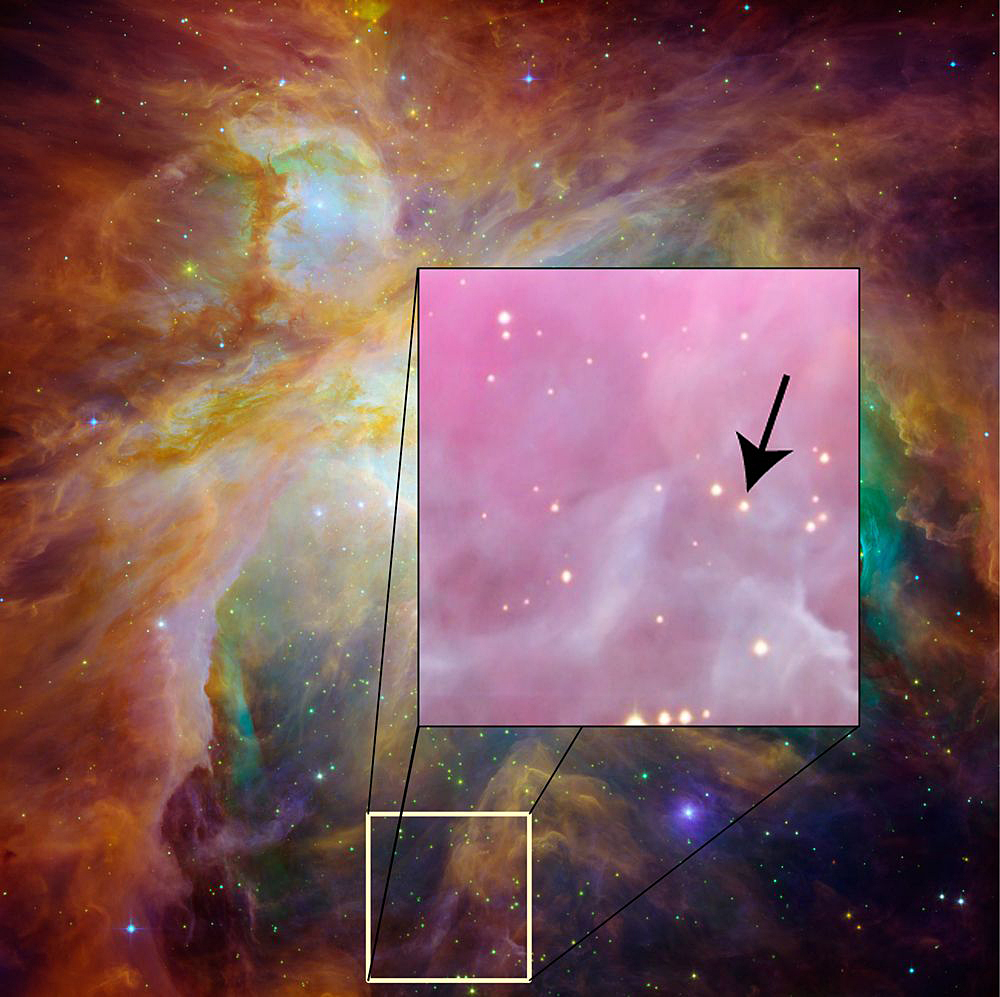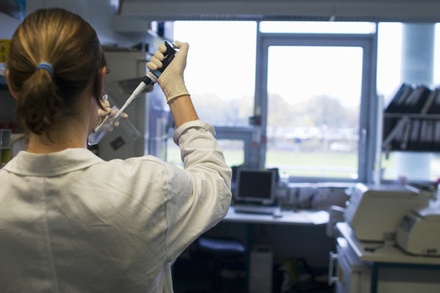Know Science And Want To Write?
Donate or Buy SWAG
Please donate so science experts can write
for the public.
At Science 2.0, scientists are the journalists,
with no political bias or editorial control. We
can't do it alone so please make a difference.
We are a nonprofit science journalism
group operating under Section 501(c)(3)
of the Internal Revenue Code that's
educated over 300 million people.
You can help with a tax-deductible
donation today and 100 percent of your
gift will go toward our programs,
no salaries or offices.
-
 IrishNeanderthal
IrishNeanderthal Have you seen the film The Heroes of Telemark ? This is a 1965 British war film directed by Anthony Mann based on the true...
There Is No Such Thing as a "Nuclear Scientist". There Are Only Physicists · 2 days ago
-
 John H.
John H. Politicians are loathe to say, "You are fat because of your diet not because of processed food or corporations making you eat." It is the same with education ... "When was the last...
You Don't Need Government Food Bans For Health, Provide Structure And Choice For Kids · 2 days ago
-
 Hank Campbell
Hank Campbell Indonesia bans it because it is so dangerous. Yet they grow it, for export to the United States. If you know even middle school chemistry you know it is dangerous. A psychoactive compound derived...
FDA Goes After Illegal Kratom 7-OH Supplement Sellers · 5 days ago
-
 Caleb Long
Caleb Long Kratom is hardly considered dangerous. This article reads like a 3rd grader wrote it.
FDA Goes After Illegal Kratom 7-OH Supplement Sellers · 6 days ago
-
 John
John You should be very, very careful when using terms such as "AI". There are several different types of AI, some of which might be useful in medicine and many others of which would do more...
Online?
